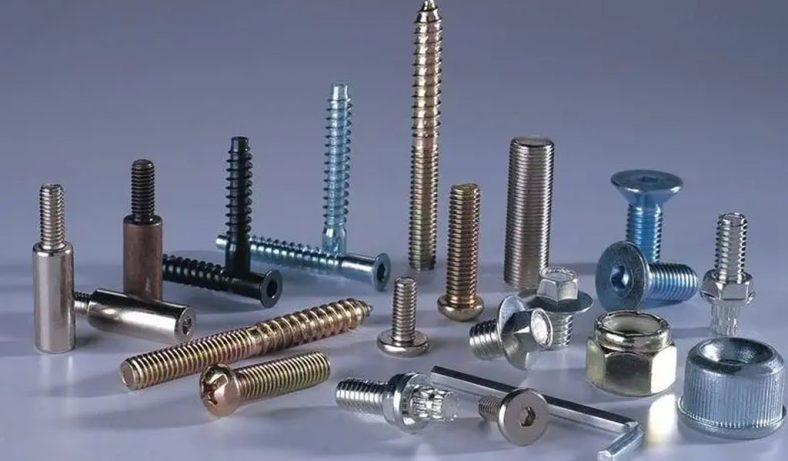
Screws, the humble yet indispensable fasteners, have been used for centuries to hold various components together. From simple wood screws to highly specialized aerospace fasteners, screws are fundamental elements in modern engineering.
Screws are ubiquitous in modern engineering and construction, serving as essential components that hold things together. They come in various shapes, sizes, and materials, and their production involves a combination of advanced machining methods and surface treatments.To meet the demands of diverse applications, manufacturers employ advanced techniques like Computer Numerical Control (CNC) machining to produce screws with exceptional precision and consistency.
In this article, we will explore the intricate process of producing screws, from material selection to surface finishing, while also delving into different machining techniques. Understanding these aspects will shed light on the importance of screws in our daily lives and the precision involved in their manufacturing.
Understanding Screw Related Articles: What Is Self Tapping Screw
Screws CNC Machining Methods
Machining methods play a crucial role in the production of screws, determining their shape, dimensions, and thread profiles. Various machining techniques are used to create different types of screws, each tailored to specific applications and industry requirements. Below are the primary machining methods commonly employed in the production of screws:
1.Cold Forming
Cold forming, also known as cold heading or cold forging, is a widely used and highly efficient method for producing screws, especially for mass production. In this process, a metal wire is cut into a specific length, usually referred to as a “slug” or “blank.” The blank is then transferred to a cold heading machine where it is subject to high pressure, forcing it through a series of dies and molds to shape the screw’s basic form.
The cold forming process involves several steps:
- a. Cutting: A wire is cut to the desired length to form a blank.
- b. Upsetting: The end of the blank is upset to increase its diameter, which will form the head of the screw.
- c. Heading: The upset blank is then placed into the heading die, which shapes the screw’s head.
- d. Thread Rolling: After heading, the screw is passed through thread rolling dies, where threads are formed by pressing the material into the desired thread profile. This process imparts superior strength to the screw’s threads compared to traditional thread-cutting methods.
Cold forming is particularly suitable for producing screws with simple shapes, such as flat-head screws, pan-head screws, and some types of fasteners used in the automotive and construction industries.
2.Machining (Turning and Milling)
For specialized screws or those with complex shapes and features, machining processes like turning and milling are employed. These methods offer exceptional precision and allow for the creation of screws with custom designs, threads, and profiles.
a. Turning:
CNC turning involves securing the screw blank in a chuck while a cutting tool removes material to achieve the desired shape. The chuck rotates the workpiece, and the cutting tool moves along its axis, creating the screw’s cylindrical body. The thread can be cut during the swiss cnc machining and cnc turning process or added afterward using thread milling or grinding techniques.
Turning is commonly used for producing screws with a uniform cylindrical body and straightforward thread profiles, such as screws with a constant diameter along their length.
b. Milling:
CNC milling is employed when the screw requires more complex features, such as flutes, undercuts, or irregular shapes. During milling, the screw blank is secured on a worktable, and rotating cutting tools remove material from the workpiece in different directions. This process allows for the creation of screws with intricate designs and specific thread patterns.
Milling Service is frequently used in the production of specialized screws used in aerospace, medical devices, and other industries that demand unique and complex fastener configurations.
3.Thread Cutting
Thread cutting is a traditional machining method used to create threads on screws. While less common in mass production due to its slower process, thread cutting is still utilized for custom or prototype screw production.
In thread cutting, a cutting tool is fed into the screw blank, removing material and creating the desired thread profile. This method can be time-consuming and less precise compared to thread rolling, which is why it is often reserved for small-scale or specialized screw production.
4.Thread Rolling
Thread rolling, as mentioned earlier, is a highly efficient and widely adopted method to create screw threads during the cold forming process. In thread rolling, the screw blank is passed between two dies that have the inverse shape of the desired thread profile. These dies press the material to form the threads, displacing the metal rather than removing it. This process produces threads with superior strength and surface finish compared to thread cutting.
Thread rolling is often used in the production of screws where strength and reliability are critical, such as in aerospace, automotive, and heavy machinery applications.
The machining methods used in the production of screws are varied and adapted to meet the specific requirements of different industries and applications. From the mass production capabilities of cold forming and thread rolling to the precision and flexibility of CNC turning and milling, each technique plays a significant role in providing a diverse range of screws that are essential components in countless engineering and construction projects.
Common Screw Materials – What Are Screws Made From?
Screws are manufactured using a wide range of materials, each chosen based on the specific application’s requirements, such as strength, corrosion resistance, temperature tolerance, and cost-effectiveness. The following are some of the most common screw materials:
1.Carbon Steel For Manufacturing Screw
Carbon steel screws are widely used due to their affordability, excellent strength, and good durability. They contain primarily iron and carbon, with small amounts of other elements. Carbon steel screws are suitable for general-purpose applications, construction, and household use. However, they are not recommended for applications exposed to corrosive environments.
2.Stainless Steel For Manufacturing Screw
Stainless steel screws are renowned for their exceptional corrosion resistance, making them suitable for applications where exposure to moisture or harsh environments is a concern. Stainless steel screws contain chromium, which forms a protective oxide layer on the surface, preventing rust and corrosion. Common stainless steel grades used for screws include 18-8 stainless (A2), 316 stainless (A4), and 410 stainless.
3.Aluminum For Manufacturing Screw
Aluminum screws are lightweight and corrosion-resistant, making them suitable for applications in the aerospace and automotive industries. They are particularly favored when weight reduction is a critical factor, but they are not as strong as steel screws, so they are typically used in non-structural components.
4.Brass For Manufacturing Screw
Brass screws are highly corrosion-resistant and provide an attractive appearance due to their gold-like color. They are commonly used in applications where aesthetics are important, such as furniture, decorative fixtures, and musical instruments. Brass screws are also used in electrical and plumbing applications due to their electrical conductivity and resistance to dezincification (corrosion of zinc in brass alloys).
5.Titanium For Manufacturing Screw
Titanium screws are renowned for their exceptional strength-to-weight ratio and outstanding corrosion resistance, particularly in seawater and acidic environments. They are commonly used in aerospace, marine, and medical applications, where high strength and biocompatibility are essential. However, titanium screws are more expensive than other materials, which limits their use in certain applications.
6.Plastics For Manufacturing Screw
Plastic screws are suitable for specific applications where non-conductivity, chemical resistance, and lightweight characteristics are required. They are commonly used in the electronics industry, as well as in medical devices and food processing equipment.
7.Bronze For Manufacturing Screw
Bronze screws are a corrosion-resistant alternative to brass screws and are commonly used in marine and outdoor applications due to their durability and resistance to saltwater and atmospheric conditions.
8.Alloy Steel For Manufacturing Screw
Alloy steel screws are composed of various elements like chromium, molybdenum, and vanadium, among others, to enhance their mechanical properties, such as tensile strength and hardness. They are used in high-stress applications, such as automotive and aerospace industries.
9.Nickel-based Alloys For Manufacturing Screw
Nickel-based alloy screws are used in applications where high-temperature resistance and exceptional corrosion resistance are required. They find use in chemical processing, aerospace, and marine industries.
The choice of screw material depends on the specific demands of the application, including mechanical properties, corrosion resistance, weight considerations, and cost. Manufacturers select the most suitable material to ensure that screws perform optimally and reliably in various industries, contributing to the overall efficiency and safety of diverse engineering projects.
Surface Treatment of Screws
Surface treatments of screws are essential for enhancing their performance, improving their appearance, and increasing their resistance to various environmental factors. These treatments protect the screws from corrosion, wear, and other forms of degradation, ensuring their reliability and longevity in different applications. Below are some common surface treatments used for screws:
Plating:
Plating involves depositing a thin layer of metal onto the screw’s surface, providing several benefits, such as improved corrosion resistance and an aesthetically pleasing finish. Some common plating options include:
- a. Zinc Plating: Zinc plating, also known as galvanizing, is one of the most widely used surface treatments for screws. It offers excellent corrosion resistance and protects the base metal from oxidizing.
- b. Nickel Plating: Nickel plating provides enhanced corrosion resistance and wear resistance, making it suitable for screws used in harsh environments or applications subject to frequent wear.
- c. Chrome Plating: Chrome plating offers exceptional hardness and resistance to abrasion. It is often used for decorative purposes or in applications where a hard, smooth surface is required.
- d. Cadmium Plating: Cadmium plating provides excellent corrosion resistance, particularly in high-stress and marine environments. However, cadmium plating is less common today due to environmental concerns.
Coating:
Coatings are applied to the screw’s surface to provide additional protection against wear, corrosion, and friction. Common coating options include:
- a. Ceramic Coatings: Ceramic coatings are used to enhance the hardness and wear resistance of screws. They are ideal for high-stress applications and situations where extreme temperatures may be encountered.
- b. Polymer Coatings: Polymer coatings, such as nylon or Teflon (PTFE), provide low friction and anti-galling properties. They are often used in screws to reduce the risk of seizing or galling when fastening materials together.
- c. Epoxy Coatings: Epoxy coatings are used to provide chemical resistance and insulation properties. They are frequently used in electrical and electronic applications.
Anodizing:
Anodizing is commonly used for aluminum screws. It involves creating a controlled oxide layer on the surface of the aluminum, which improves corrosion resistance and provides an attractive finish. Anodized screws are often used in aerospace, automotive, and architectural applications.
Passivation:
Passivation is a chemical treatment used primarily for stainless steel screws. The process removes iron contaminants from the surface, enhancing the screw’s corrosion resistance and preventing surface rust. Passivation is common in applications where stainless steel screws are exposed to harsh environments.
Black Oxide Coating:
Black oxide coating, also known as blackening or gun bluing, provides screws with a dark black finish. This coating offers mild corrosion resistance and is commonly used in decorative and low-corrosion applications.
Heat Treatment:
Heat treatment is a process that involves heating screws to specific temperatures and then cooling them at controlled rates. This treatment alters the screw’s microstructure, improving its mechanical properties, such as hardness, strength, and toughness.
Surface treatments play a vital role in ensuring the reliability, durability, and performance of screws in various applications. By selecting the appropriate surface treatment, manufacturers can tailor screws to withstand different environmental conditions and mechanical stresses, providing essential components for industries ranging from automotive and aerospace to construction and electronics.
Working With An Experienced Screw Machining Partner
Each of our design tips for short production runs can help you ensure that your production process is as smooth, cost-efficient, and fast as possible. However, there’s a lot to keep track of when optimizing screw for low-volume production, so working with a trusted manufacturing partner is also a valuable opportunity to take some of the weight off your shoulders.
From design through fulfillment, when you work with Be-Cu.com, our team of experienced engineers will provide you with the support you need to make your project possible. Our quality-based tools are designed to help you pinpoint design flaws, determine optimal order quantities, and find the right material for your part’s specific application. Simply click quote and upload your screw files. We can generate instant quotes for both additive manufacturing and CNC machining projects, which means you can get started making your new screw and parts today.
-

Swiss Machining And Bending 304 Hand Sewing Needle For Textile Machinery
-
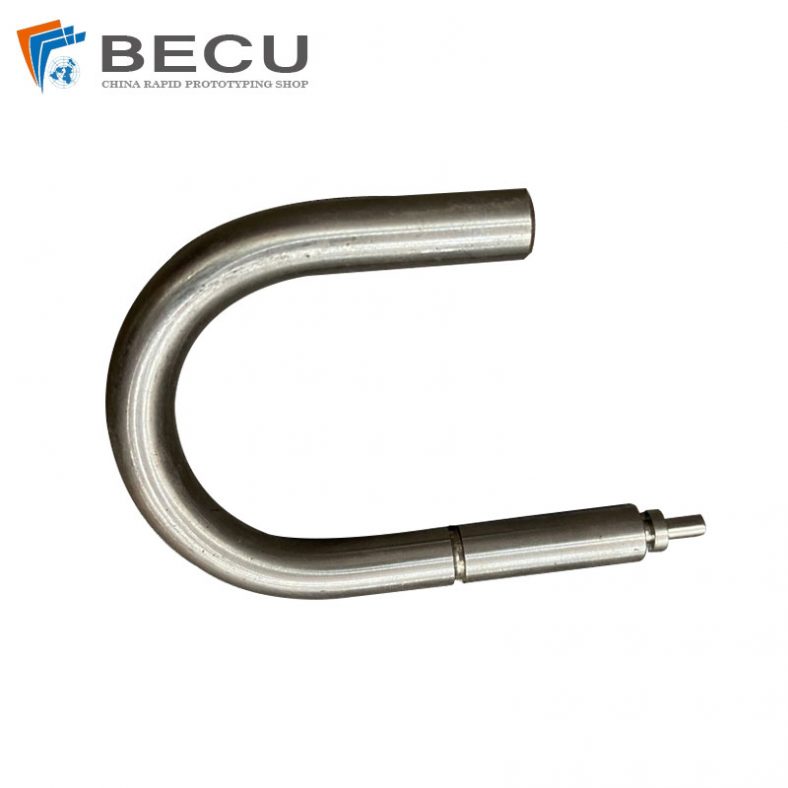
Automatic Swiss Turning Stainless Steel 316L U-bolt
-

CNC Turning-Milling Machining Copper Facial Massage Roller
-

Swiss Turning Stainless Steel 17-4 PH Positioning Bushing
-
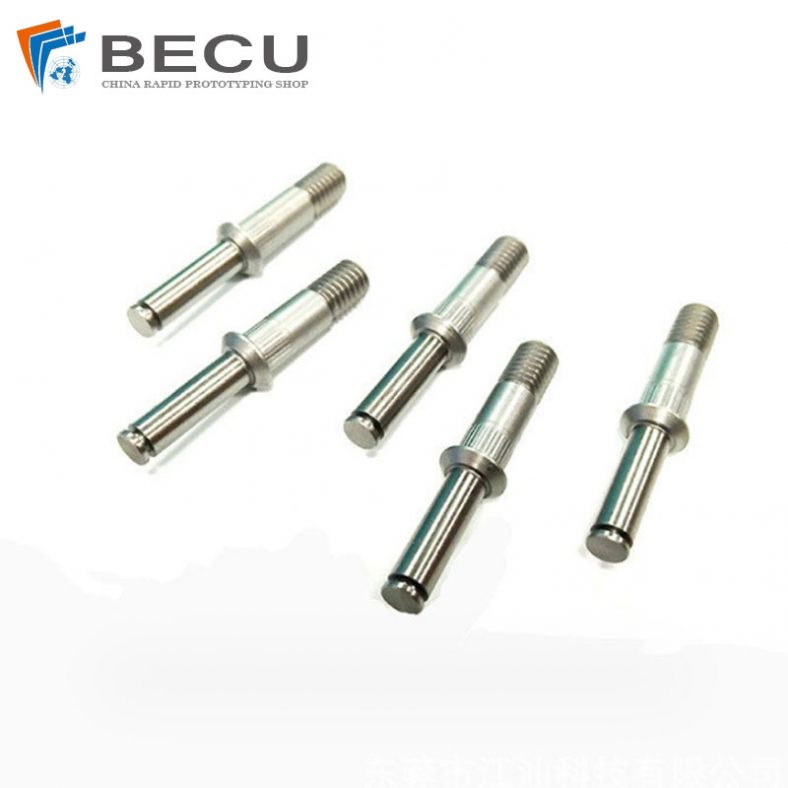
Precision Swiss Turning Titanium Alloy Medical Shaft
-

Swiss Turning 304 Stainless Steel Medical Threaded Rod
-
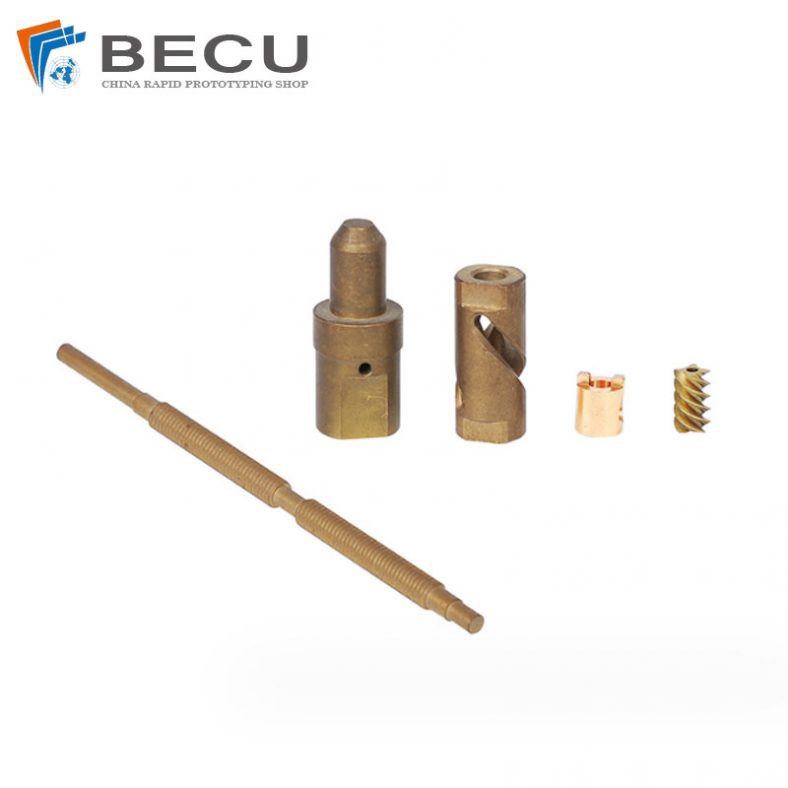
Screw CNC Machining Non-Standard Mandrel Tube Shaft
-

Swiss CNC Machining And Turning Brass 360 Shaft
-
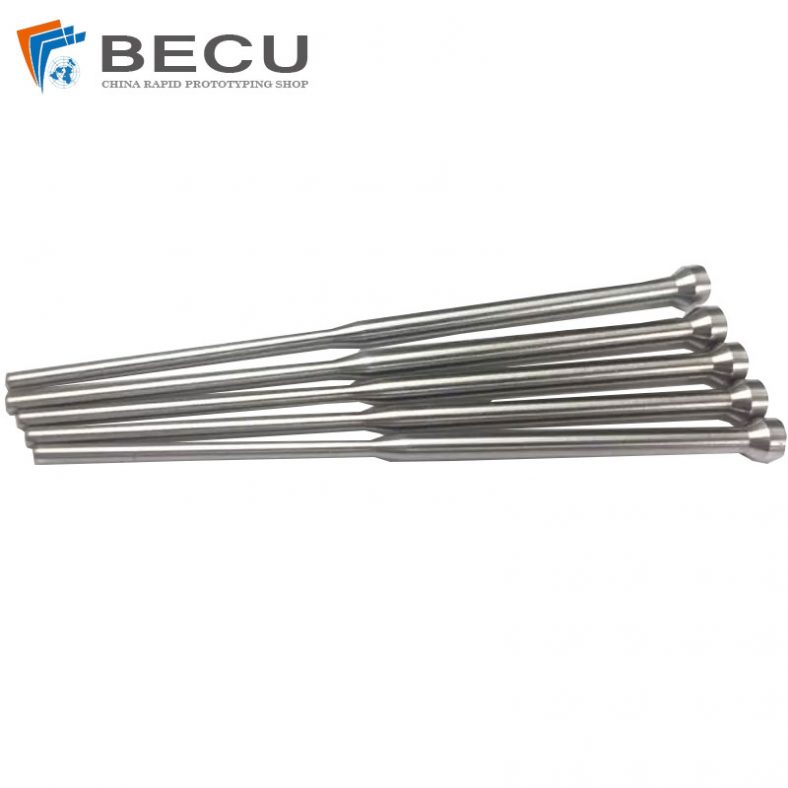
Deep Hole CNC Turning Titanium Alloy Dispensing Needle
-
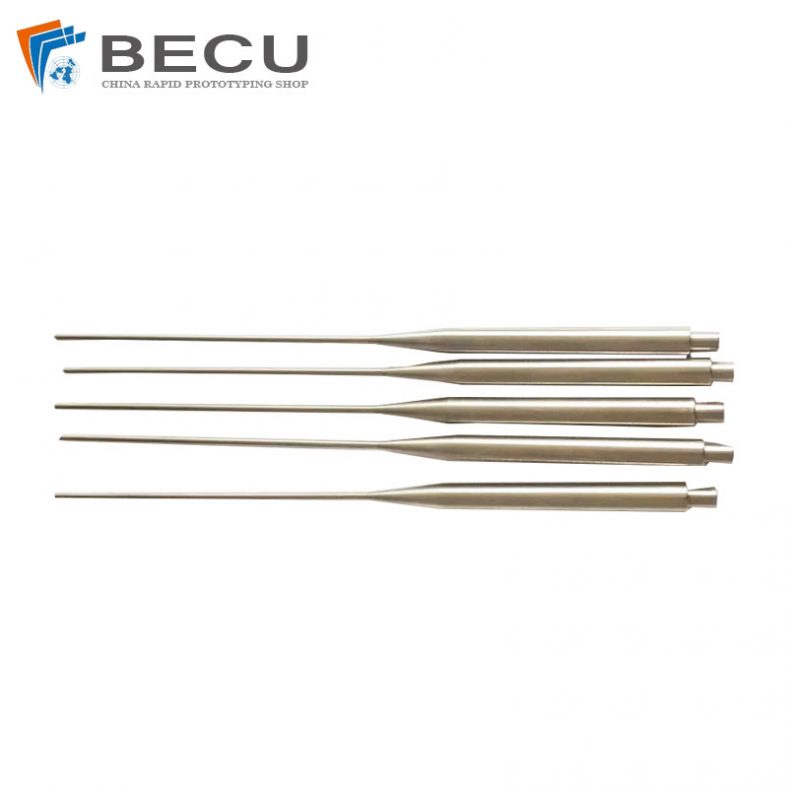
Precision Turning TC4 Alloy Medical Ultrasound Bead Needle
-
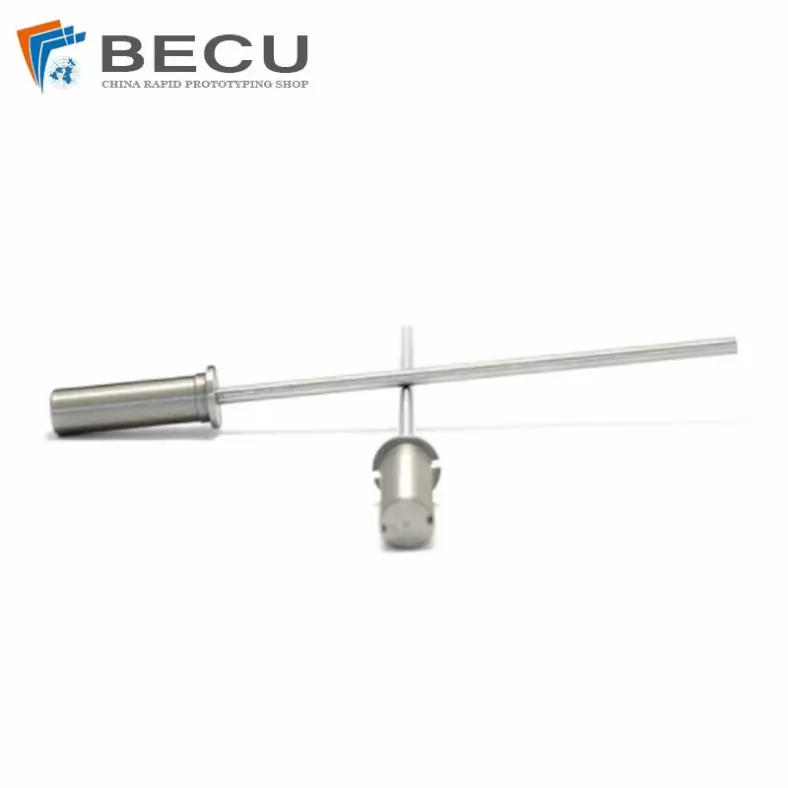
Swiss Machining Stainless Steel Alloy Medical Disposable Trocar
-

Swiss Turning Gold-Plated T2 Copper Parts
